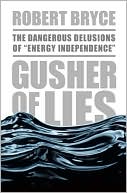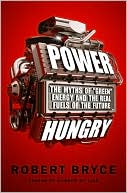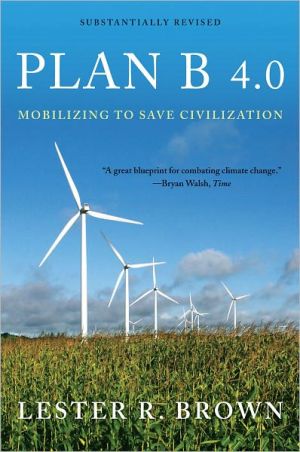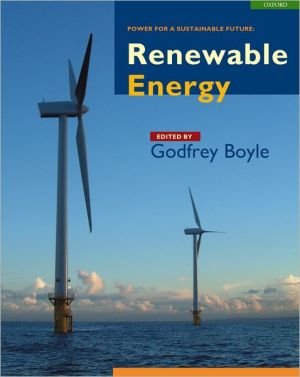Gusher of Lies: The Dangerous Delusions of "Energy Independence"
Search in google:
A surprising, irreverent, and scrupulously reported deconstruction of today's fashions in energy policy New York Post Bryce does a fantastic job of helping people understand the sheer magnitude of energy flows that would have to be replaced to attain energy independence, and conclusively makes his case that pursuing energy interdependence is a superior objective.
Author's Note ixIntroduction: The Persistent Delusion 1Why We Think We Want Energy IndependenceImports Are Us 15The Emotional Appeal of Energy Independence 19The False Promises of Energy Independence 47From Dominance to Dependence: American Energy History, Rhetoric, and the New RealitiesThe Global Energy Power Shift 851972: Texas Taps Out 891973: The Embargo, Militarism, and Rhetoric 93September 15, 2004: The Non-OPEC Peak Meets Surging Demand 107September 27, 2004: The Neocon Crusade Begins 115The Impossibility of IndependenceSkepticism and Thermodynamics 125The Best Buy Effect 129More Efficiency, More Fuel 137The Ethanol Scam 145Sidebar: The Ethanol Timeline 197Running Out of (Natural) Gas 199Nuclear Power: Megawatts from Foreign Uranium 203The "Opiates of Energy Policy": Coal-to-Liquids and Imported Coal 211Solar: The 1 Percent Solution 217Hot Air 223Sidebar: Thomas Friedman's Maginot Line 231The World of InterdependenceThe View from Jubail 237The Rise of Dubaiand the "Shift in Gravity" 243Isolate Iran? Don't Count On It 247A Few Suggestions 253Sidebar: What about Fuel Taxes and Carbon Taxes? 259Conclusion 287U.S. Imports of Strategic Mineral Commodities, Their Uses, and Key Suppliers 293The Set America Free Manifesto, Released on September 27, 2004, at the National Press Club, Washington, D.C. 299A Survey of Fuel Sources: A Comparison of Their Land Use Requirements, Water Use, Energy Ratios, and CO[subscript 2] Emissions 302Notes 305Bibliography 357Index 361







